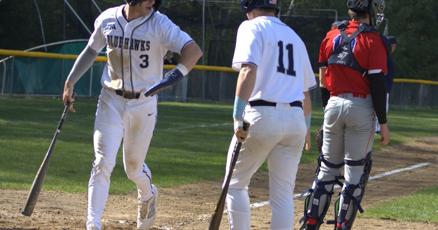Exeter Sluggers: Dominating the Diamond with Versatile Victories

Hayden Schimoler, a seasoned senior pitcher for the Exeter team, found himself in an unexpected role last week. Typically a reliable starter on the mound every Friday, Schimoler was sidelined by arm tightness, forcing him to take on the designated hitter position instead. The change in his usual routine highlighted the team's adaptability and Schimoler's versatility on the field.
